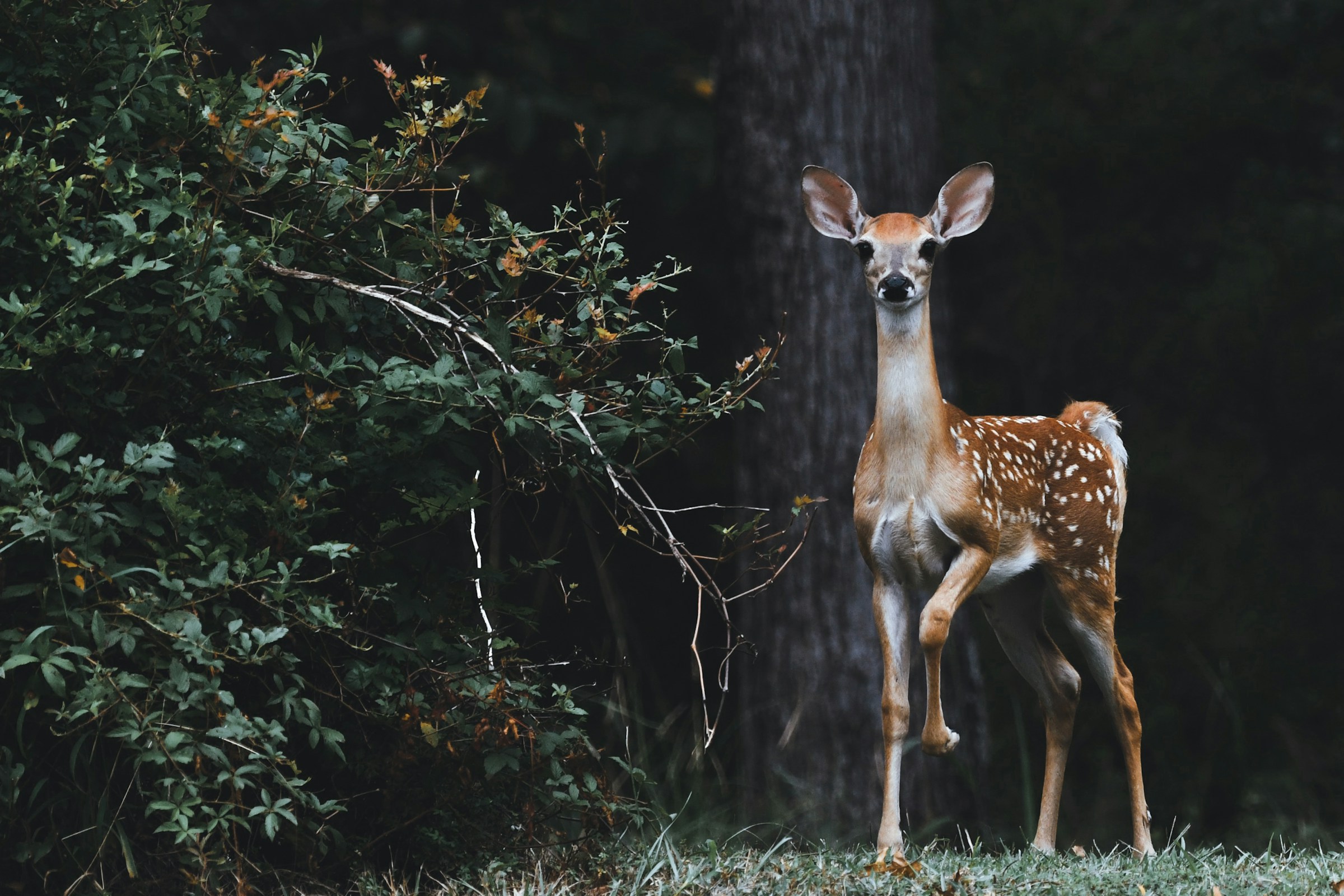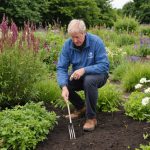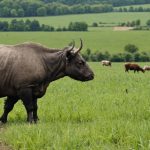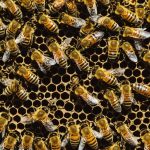Wildlife-friendly farming in the UK uplands offers a unique opportunity to balance agricultural needs with ecological health. With biodiversity at risk, finding strategies that support both farmers and wildlife is essential. This guide outlines innovative practices, community engagement methods, and policy insights aimed at fostering a sustainable farming landscape. By embracing these approaches, farmers can enhance productivity while championing conservation efforts, ultimately benefiting both their livelihoods and the environment. Explore these strategies and discover how they contribute to a harmonious relationship between agriculture and nature.
Overview of Wildlife-Friendly Farming in the UK Uplands
Wildlife-friendly farming is an approach that integrates sustainable agriculture with biodiversity conservation. It aims to create a harmonious balance between farming activities and the preservation of natural habitats. In the UK uplands, this practice is particularly crucial due to the unique ecosystems that these regions support. The uplands are characterised by their rugged terrain, diverse plant species, and a variety of wildlife, including birds, mammals, and insects.
A découvrir également : Empowering UK Gardeners: Essential Roles in Preserving Native Plant Species
The importance of wildlife-friendly farming in the UK uplands cannot be overstated. These areas are home to rare species and are vital for maintaining ecological balance. By employing farming techniques that are mindful of environmental impacts, farmers can contribute to the conservation of these ecosystems while still maintaining productive agricultural operations.
Currently, farming practices in the UK uplands are evolving. There is a growing recognition of the need for sustainable agriculture that supports both economic viability and ecological integrity. Farmers are increasingly adopting methods such as reduced pesticide use, maintaining hedgerows, and creating buffer zones around water bodies. These practices not only enhance biodiversity but also improve soil health and water quality, ultimately benefiting both the environment and the farming community.
En parallèle : The Impact of the UK”s Neonicotinoid Ban on Bee Populations and Agricultural Practices
Effective Strategies for Promoting Wildlife-Friendly Practices
Promoting wildlife-friendly practices in farming requires a thoughtful integration of sustainable practices and innovative agricultural techniques. A key strategy is incorporating native plants into farming systems. Native plants are well-adapted to local conditions and provide essential habitats for various species. By planting native flora, farmers can enhance wildlife habitats, supporting pollinators and other beneficial organisms.
Another effective approach is implementing crop rotation and agroforestry. Crop rotation involves alternating the types of crops grown in a particular area, which helps maintain soil fertility and reduce pest and disease cycles. Agroforestry, the integration of trees and shrubs into farming landscapes, offers additional benefits. It enhances biodiversity, improves soil structure, and provides shelter for wildlife.
Utilizing organic fertilizers and pest management is also crucial. Organic fertilizers, such as compost and green manure, enrich the soil without the adverse effects of chemical inputs. Meanwhile, organic pest management relies on natural predators and biological controls to keep pest populations in check. This method reduces reliance on synthetic pesticides, safeguarding both the environment and human health.
By adopting these strategies, farmers can effectively balance agricultural productivity with the conservation of vital ecosystems.
Successful Case Studies of Wildlife-Friendly Farms
Exploring case studies of farms that have embraced wildlife-friendly methods offers valuable insights into their success stories. These examples highlight the best practices that have led to both environmental and economic benefits.
One notable case is the RSPB’s Hope Farm in Cambridgeshire. By implementing wildlife-friendly practices such as hedgerow restoration and reduced pesticide use, Hope Farm has seen a significant increase in bird populations. This success story demonstrates the potential for biodiversity enhancement alongside agricultural productivity.
Another example is the Knepp Estate in West Sussex, which adopted a rewilding approach. By allowing natural processes to shape the land, Knepp has experienced a resurgence of flora and fauna, including rare species like the nightingale. This case study illustrates the profound environmental impact of prioritising natural habitats.
These farms teach us that integrating wildlife-friendly methods can bolster ecological health while maintaining economic viability. The economic impacts often include reduced input costs and enhanced ecosystem services, such as improved pollination. By analysing these successes, other farms can adopt similar strategies, ensuring sustainable agriculture that supports both nature and livelihoods.
Environmental Benefits of Wildlife-Friendly Farming
Wildlife-friendly farming plays a pivotal role in enhancing biodiversity and supporting ecosystem services. By integrating conservation efforts into agricultural practices, farmers can create environments where diverse species thrive. This approach not only fosters a rich tapestry of plant and animal life but also strengthens the resilience of farming systems.
Biodiversity is crucial for maintaining balanced ecosystems. Wildlife-friendly farming encourages the presence of varied species, which can lead to healthier and more productive landscapes. For instance, by planting native species and maintaining natural habitats, farmers support pollinators like bees and butterflies, essential for crop production.
Ecosystem services provided by wildlife-friendly farming extend beyond pollination. Improved soil health is another significant benefit. Practices such as crop rotation and reduced chemical use enhance soil structure and fertility, leading to more sustainable farming. Healthy soils are better at retaining water and nutrients, reducing the need for artificial inputs.
Incorporating conservation into farming ensures long-term sustainability. As farming systems become more resilient, they are better equipped to withstand environmental challenges. By promoting biodiversity and ecosystem services, wildlife-friendly farming offers a viable path to sustainable agriculture that benefits both nature and farmers.
Partnerships with Conservation Organizations
Conservation partnerships play a crucial role in promoting wildlife-friendly farming in the UK uplands. By collaborating with organizations dedicated to biodiversity, farmers can access resources and expertise that enhance both ecological and agricultural outcomes. Identifying potential conservation partners involves seeking out organizations with a shared commitment to sustainable practices and biodiversity conservation. These partners may include local wildlife trusts, national conservation bodies, and academic institutions.
The benefits of such collaborative efforts are manifold. For farmers, partnerships can provide access to funding, technical support, and training in sustainable practices. This support can lead to improved farm productivity and ecological health. For wildlife, these collaborations help create and maintain habitats, ensuring the survival and proliferation of diverse species.
Successful examples of conservation partnerships in the UK uplands demonstrate the power of collaboration. For instance, the partnership between the RSPB and local farmers in the Lake District has led to the restoration of peatlands, benefiting both the environment and agricultural productivity. Similarly, the collaboration between the National Trust and upland farmers has resulted in the preservation of traditional landscapes, supporting both cultural heritage and biodiversity. These examples highlight the potential for community engagement to drive positive change.
Policy Framework Supporting Wildlife-Friendly Farming
The agricultural policy landscape in the UK plays a pivotal role in promoting sustainable farming practices. Current policies focus on integrating biodiversity conservation into agricultural activities, recognising the crucial role of government initiatives in driving this change. These initiatives often include financial incentives and technical support to encourage farmers to adopt wildlife-friendly methods.
Significant funding opportunities are available to support farmers in implementing sustainable practices. These include grants for habitat restoration, subsidies for organic farming, and payments for maintaining landscape features like hedgerows. Such funding not only aids in covering the costs associated with transitioning to sustainable methods but also ensures that farmers can maintain economic viability while contributing to ecological conservation.
However, there is room for improvement in the policy framework to better support wildlife-friendly farming. Recommendations include increasing accessibility to funding, simplifying application processes, and enhancing support for small-scale farmers. Additionally, policies could be more targeted towards specific regional needs, ensuring that the unique ecological characteristics of areas like the UK uplands are adequately addressed. By refining these policies, the government can further strengthen the integration of conservation efforts into agricultural practices, benefiting both the environment and farming communities.
Community Engagement and Education
Engaging the community is vital for advancing wildlife-friendly farming in the UK uplands. Local involvement fosters a sense of ownership and responsibility towards sustainable practices. Community involvement is crucial as it encourages collective action and support for conservation efforts.
Education initiatives play a key role in informing both farmers and the public about sustainable practices. Workshops and training sessions can provide farmers with practical knowledge on implementing wildlife-friendly methods. These initiatives often include demonstrations of techniques such as organic pest management and agroforestry, enhancing understanding and adoption.
Public outreach is equally important, as it raises awareness about the benefits of wildlife-friendly farming. Educational campaigns can be conducted through schools, community centres, and local media, ensuring widespread dissemination of information. These efforts help demystify sustainable agriculture, making it more accessible and appealing to the general public.
Successful outreach programs in the UK uplands illustrate the impact of community engagement. For instance, the Yorkshire Dales National Park Authority’s educational campaigns have effectively raised awareness about the importance of maintaining natural habitats. Such programs demonstrate the power of community and education in driving positive change towards sustainable farming practices.











